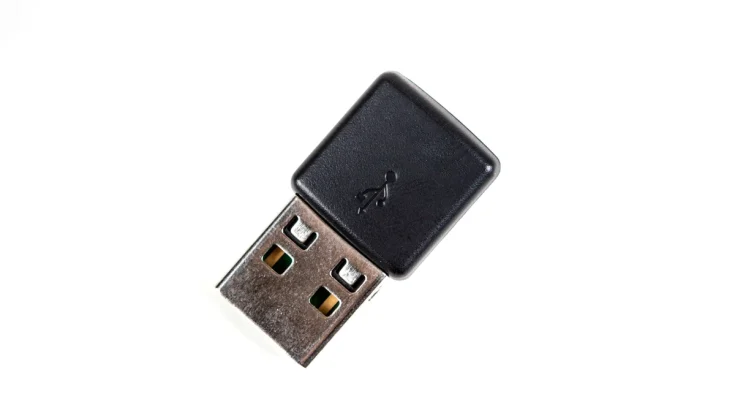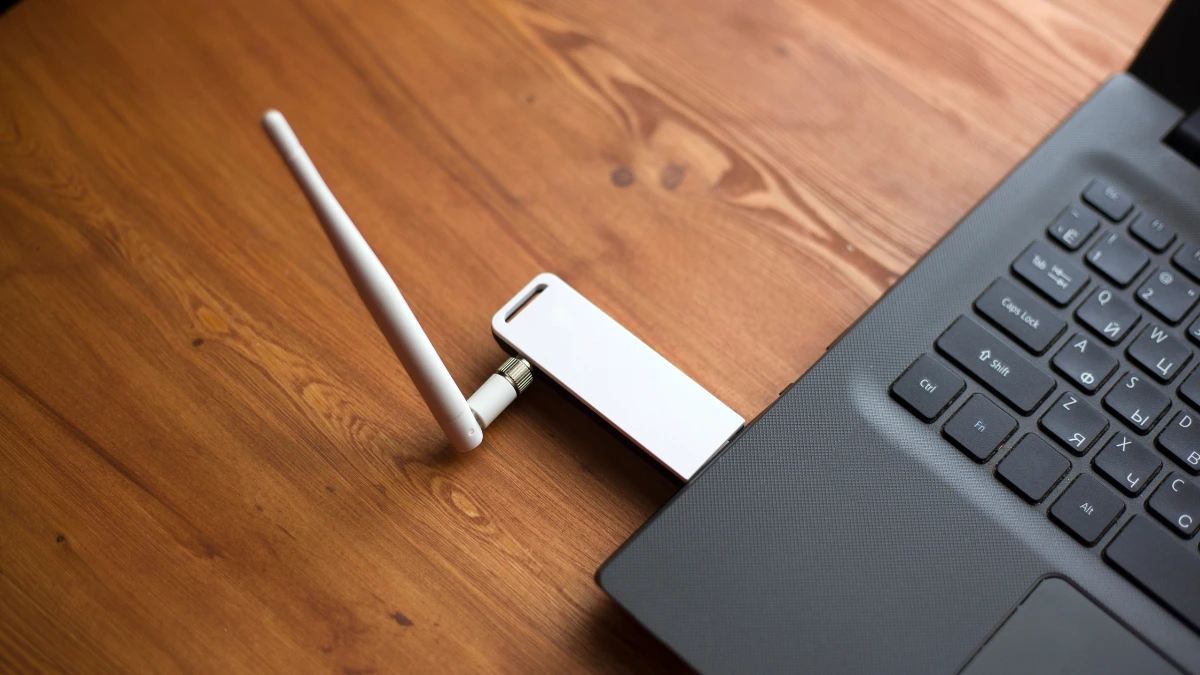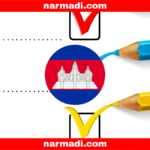In this era of advanced technology, device limitations are no longer an obstacle. If your device does not have a Wi-Fi module or Bluetooth feature, don’t worry; a USB dongle is available.
You will be able to stay connected to WiFi or other Bluetooth devices by simply plugging the USB dongle into the USB port of your laptop or computer.
This article will provide extensive information on USB dongles, from their definition, working methods, functions, types, and regulations in Indonesia.
Also Read
Table of Contents
What is USB Dongle?

A USB dongle is an electronic device shaped like a USB flash drive that serves as an additional tool, ranging from internet connection, Bluetooth, to added security. These devices generally work plug-and-play into the USB port of a computer or laptop device, although some dongles require a driver to operate.
If your device does not have a Bluetooth feature, you can simply plug in the dongle and connect to wireless devices such as a wireless mouse or True Wireless Stereo (TWS). For computers that do not have a WiFi module, there is also no need to worry; with this device, your computer can be connected to a WiFi network.
How Does a USB Dongle Work?
In simple terms, a USB dongle works as an additional connection on a device that does not have a specific function. Here is how it works in detail:
- Connection: The dongle is plugged into a USB port.
- Driver installation (if required): Some drivers may require driver installation to operate the device, but most dongles are plug-and-play.
- Function activation: Once connected the dongle activates its functions such as WiFi or Bluetooth.
- Data exchange: Then as an intermediary, the dongle will exchange data between the device and the network or other devices.
The Functions of USB Dongle
The USB dongle’s main function is as an additional tool that allows it to connect to multiple networks, such as WiFi and Bluetooth. Here are some functions you can enjoy:
- Connection to the internet: Connects to wireless internet access (WiFi or cellular).
- Bluetooth connection: Activates the Bluetooth feature on devices that do not have it, making it possible to have Bluetooth connectivity.
- Data transfer: enables data transfer between devices.
- Add USB port: Can be used to add USB port.
- Software protection: The dongle requires it to be connected to run certain applications, thus preventing hacking.
- Security: Features two-factor authentication (2FA) or multifactor authentication (MFA), helping to increase security.
The Types of USB Dongles

USB dongles are divided into several types with different functions and uses according to their needs. Here are some types of device that are commonly used:
1. USB Dongle WiFi
USB dongle WiFi is a type of dongle intended for devices that do not have a WiFi module. With the dongle plugged into your device, you will automatically have a WiFi module so that you can connect to a wireless network.
2. USB dongle Bluetooth
A USB dongle Bluetooth is a type of dongle that is intended for devices that do not have Bluetooth features. With a dongle plugged into your device, you will automatically have a Bluetooth feature, so you can connect with other Bluetooth devices such as speakers, TWS, keyboards, or mice.
3. USB Dongle Modem
A USB dongle modem is a type of dongle that is capable of connecting a computer or laptop to the internet via a 3G or 4G cellular network. This dongle works by converting digital signals into analog signals that can be transmitted to cellular networks, and vice versa.
4. TV tuner dongle
A TV tuner dongle is a type of dongle that allows you to watch TV broadcasts from your computer or laptop without the need for a dedicated TV set. This dongle will capture broadcast signals as an external antenna and digital decoder. Analog radio signals will be converted into a format that can be processed by the device.
5. Dongle Software
A dongle software is a type of dongle that serves to activate software or unlock certain features in software. Some professional software (usually for design or engineering) requires this special dongle for the license to be active. It also serves as a security system.
USB Dongle Regulation in Indonesia

The USB dongle uses technologies such as Bluetooth or WiFi that operate within a specific frequency spectrum. In Indonesia, any Bluetooth or WiFi-based wireless device is required to have a DJID (Directorate General of Digital Infrastructure) under the Ministry of Communication and Digital (KOMDIGI).
USB dongle regulation is based on KEPMEN No. 260 Tahun 2024 for Bluetooth and KEPMEN No. 12 Tahun 2025 for WiFi, which requires all radio frequency-based devices to meet specific technical standards before being sold in the country.
The DJID certification ensures that the product meets government safety and quality regulations and does not interfere with other communication devices. The certification process involves technical testing, such as frequency adjustments, safety checks, and compatibility with the surrounding environment.
Once the tests are completed, products that pass are listed in a Test Result Report, which confirms that the product is safe and ready for sale in Indonesia. This report reassures customers that the product meets technical standards and is secure.
For companies wanting to sell a USB dongle in Indonesia, Type Approval Certification Services for ICT Products are available to assist with this process. This service includes preparing technical and legal documents, conducting required testing, ensuring compliance with regulations, helping companies streamline the certification process, and giving consumers confidence in certified products. -UN.











